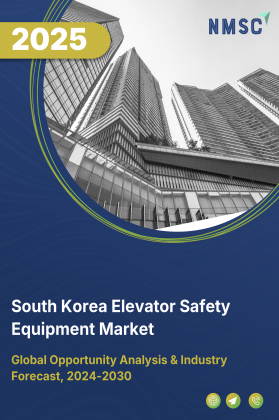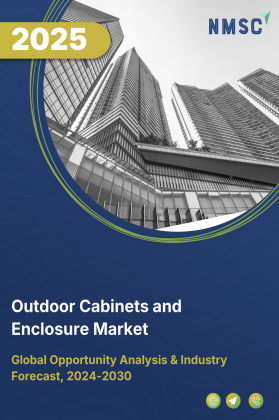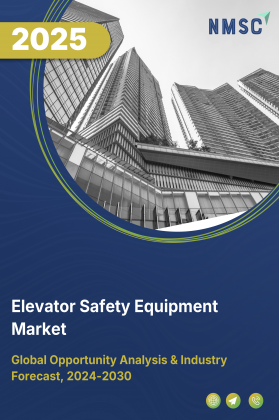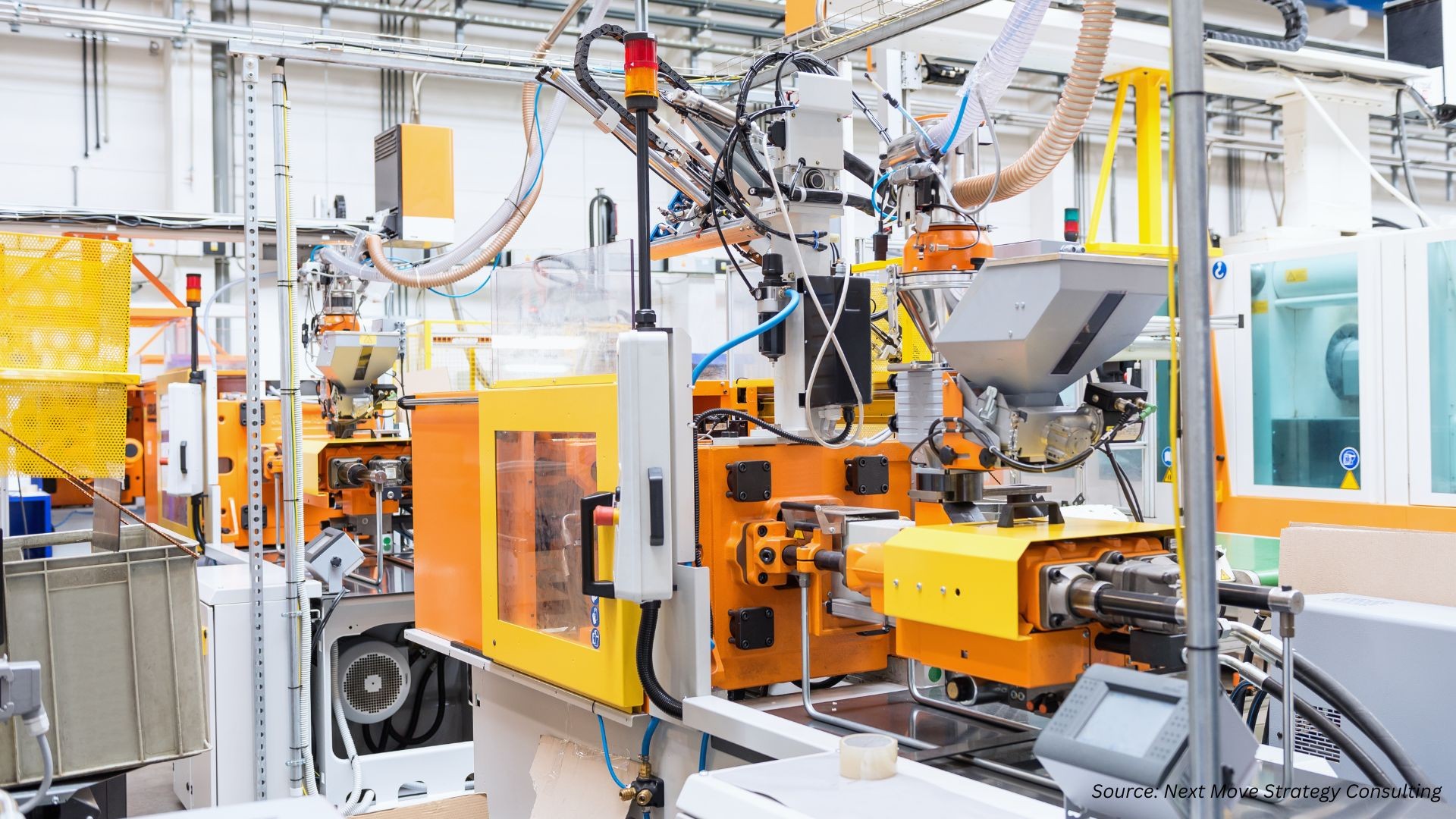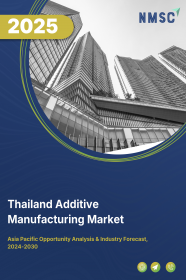
Thailand Additive Manufacturing Market by Offering (Printers, Materials, Software, Services), by Technology (Fused Deposition Modelling (FDM), Stereolithography (SLA), Selective Laser Sintering (SLS), Polyjet Printing/multijet Printing (MJP), Electron Beam Melting (EBM), Digital Light Processing (DLP), Direct Metal Laser Sintering (DMLS), Other Technologies), by Process (Powder Bed Fusion (PBF), Vat Photopolymerization, and others) – Opportunity Analysis and Industry Forecast, 2024–2030
Industry: Construction & Manufacturing | Publish Date: 08-Oct-2025 | No of Pages: 138 | No. of Tables: 137 | No. of Figures: 82 | Format: PDF | Report Code : CM667
Thailand Additive Manufacturing Market Overview
Thailand Additive Manufacturing Market size was valued at USD 189.4 million in 2023, and is predicted to reach USD 896.9 million by 2030, at a CAGR of 23.3% from 2024 to 2030. In terms of volume, the market size was 8 thousand units in 2023, and is projected to reach 44 thousand units by 2030, with a CAGR of 24.6% from 2024 to 2030.
The additive manufacturing (AM) market, also known as additive layer manufacturing (ALM) or three-dimensional (3D) printing, is a global industry focused on the development, production, and distribution of technologies and materials for creating three-dimensional objects layer by layer from digital models. This market serves a variety of sectors, including aerospace, automotive, healthcare, and consumer goods, by offering advanced solutions for prototyping, production, and customized manufacturing.
AM is highly valued for its ability to produce intricate and personalized components while minimizing material waste, leading to significant cost savings and environmental benefits. A key feature of this market is its diverse range of printing technologies, such as stereolithography (SLA), selective laser sintering (SLS), and fused deposition modeling (FDM), each designed to meet specific industry needs and applications. Additionally, AM's capability for rapid prototyping shortens product development cycles, enabling businesses to innovate and bring products to market more quickly than traditional manufacturing methods.
Strategic National Programs and Industrial Collaborations Accelerate AM Commercialization
The technological advancements of construction sector are accelerating the Thailand additive manufacturing market demand for rapid prototyping, cost-effectiveness, and design flexibility in producing complex architectural elements, thereby enhancing the adoption of additive manufacturing (AM). This technology offers innovative solutions by facilitating swift prototyping and the production of intricate architectural components while minimizing material wastage.
Additionally, the integration of digital design tools and automation into construction processes streamlines workflows, enhancing efficiency and precision. In June 2023, Thailand constructed the world’s first 3D-printed medical center north of Bangkok, using a 3D concrete printer to build the two-story structure faster and with less labor compared to traditional methods. As Thailand increasingly embraces intelligent and sustainable construction practices, AM emerges as a pivotal technological frontier driving innovation within the industry.
Digitalization, Ai-enabled Process Control, And Material Innovation Boost Metal Am Reliability
Digital transformation is emerging as a major growth catalyst for Thailand’s AM industry. The integration of AI-driven monitoring systems, IoT sensors, and advanced process control software is improving precision, repeatability, and part quality in metal AM applications. By continuously analyzing process variables such as laser power, temperature gradients, and deposition rates, these systems enable real-time adjustments that minimize defects and ensure consistency.
Simultaneously, advancements in metal powders, high-performance polymers, and composite materials are expanding the range of end-use applications. These developments are especially impactful for aerospace and automotive sectors, where performance and reliability standards are stringent. This convergence of digitalization and material innovation is transforming AM into a scalable, production-ready technology that aligns with Industry 4.0 objectives.
High Capital Investment and Skill Gaps Limit SME Participation
While adoption of AM technologies in Thailand is accelerating, high capital expenditure remains a significant barrier—particularly for small and medium-sized enterprises (SMEs). Industrial-grade 3D printers, metal powders, post-processing equipment, and process control software require substantial upfront investment. Beyond equipment, operational costs related to maintenance, quality assurance, and material handling further increase financial pressure.
Moreover, the availability of skilled professionals trained in AM design, process optimization, and quality control remains limited. This skill gap slows down implementation and reduces confidence in scaling AM production. Overcoming these restraints will require targeted government incentives, shared access to advanced facilities, and dedicated workforce development programs to make AM adoption more inclusive and cost-effective.
Industry 4.0 Integration and Automation Open Pathways for Mass Production
The integration of automation and Industry 4.0 technologies presents a significant growth opportunity for Thailand’s AM market. Automated workflows for material handling, print scheduling, real-time quality inspection, and post-processing are transforming AM from a prototyping tool into a fully integrated production solution. When combined with AI-based predictive maintenance and cloud-enabled monitoring, these systems can scale production with minimal manual intervention.
This shift is particularly advantageous for industries like automotive, medical devices, and consumer electronics, where high-volume, high-precision manufacturing is critical. By aligning AM capabilities with smart factory frameworks, Thailand can enhance its production agility, reduce lead times, and increase its competitiveness in global advanced manufacturing networks. This transition also positions the country as a potential exporter of high-value, AM-produced components.
Competitive Landscape
The prominent key players operating in Thailand additive manufacturing industry include Stratasys Ltd., 3D Systems Corporation, HP Inc., EOS GmbH, TRUMPF SE (TruPrint), SCG (Siam Cement Group), Renishaw plc, Nikon SLM Solutions, Desktop Metal, Inc., Markforged, Inc., Formlabs, Inc., Raise3D Technologies, FlashForge Corporation, Prusa Research s.r.o., IFUN3D (Guangzhou Ifun Technology Co., Ltd.), and others.
Thailand Additive Manufacturing Market Key Segments
By Offering
-
Printers
-
Desktop Printers
-
Industrial Printers
-
-
Materials
-
Plastics
-
Thermoplastics
-
Photopolymers
-
-
Metals
-
Steel
-
Aluminum
-
Titanium
-
Nickel
-
Other metals
-
-
Ceramics
-
Other Materials
-
Wax
-
Laywood
-
Paper
-
Biocompatible Materials
-
-
-
Software
-
Design
-
Inspection
-
Printing
-
Scanning
-
-
Services
By Technology
-
Fused Deposition Modelling (FDM)
-
Stereolithography (SLA)
-
Selective Laser Sintering (SLS)
-
Polyjet Printing/Multijet Printing (MJP)
-
Electron Beam Melting (EBM)
-
Digital Light Processing (DLP)
-
Direct Metal Laser Sintering (DMLS)
-
Other Technologies
By Process
-
Powder Bed Fusion (PBF)
-
Vat Photopolymerization
-
Binder Jetting
-
Material Extrusion
-
Material Jetting
-
Other Processes
By Application
-
Prototyping
-
Tooling
-
Functional Part Manufacturing
By Vertical
-
Automotive
-
Aerospace & Defense
-
Healthcare
-
Architecture & Construction
-
Education
-
Industrial
-
Energy
-
Printed Electronics
-
Jewelry
-
Food & Culinary
-
Other Verticals
Key Players
-
Stratasys Ltd.
-
3D Systems Corporation
-
HP Inc.
-
EOS GmbH
-
TRUMPF SE (TruPrint)
-
SCG (Siam Cement Group)
-
Renishaw plc
-
Nikon SLM Solutions
-
Desktop Metal, Inc.
-
Markforged, Inc.
-
Formlabs, Inc.
-
Raise3D Technologies
-
FlashForge Corporation
-
Prusa Research s.r.o.
-
IFUN3D (Guangzhou Ifun Technology Co., Ltd.)
Report Scope and Segmentation
|
Parameters |
Details |
|
Market Size Value in 2023 |
USD 189.4 million |
|
Revenue Forecast in 2030 |
USD 896.9 million |
|
Growth Rate |
CAGR 23.3% from 2024 to 2030 |
|
Market Volume in 2023 |
8 thousand units |
|
Market Forecast in 2030 |
44 thousand units |
|
Volume Growth Rate |
CAGR of 24.6% from 2024 to 2030 |
|
Analysis Period |
2023–2030 |
|
Base Year Considered |
2023 |
|
Forecast Period |
2024–2030 |
|
Market Size Estimation |
Million (USD) |
|
Growth Factors |
|
|
Companies Profiled |
15 |
|
Market Share |
Available for 10 companies |
|
Customization Scope |
Free customization (equivalent up to 80 working hours of analysts) after purchase. Addition or alteration to country, regional, and segment scope. |
|
Pricing and Purchase Options |
Avail customized purchase options to meet your exact research needs. |

















 Speak to Our Analyst
Speak to Our Analyst



